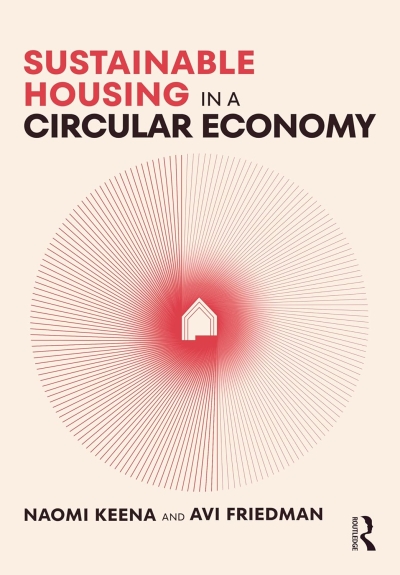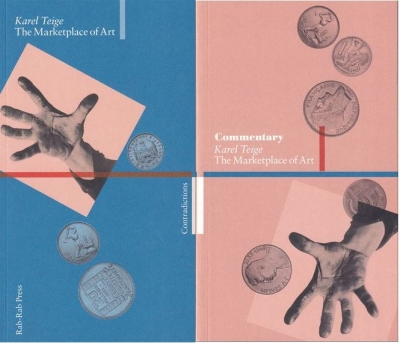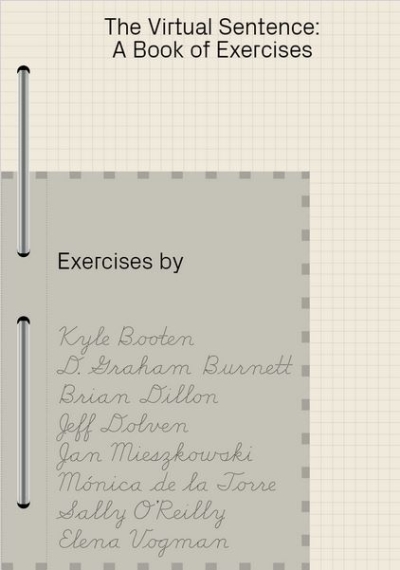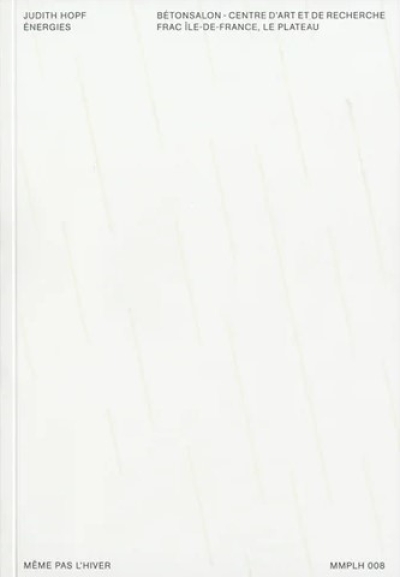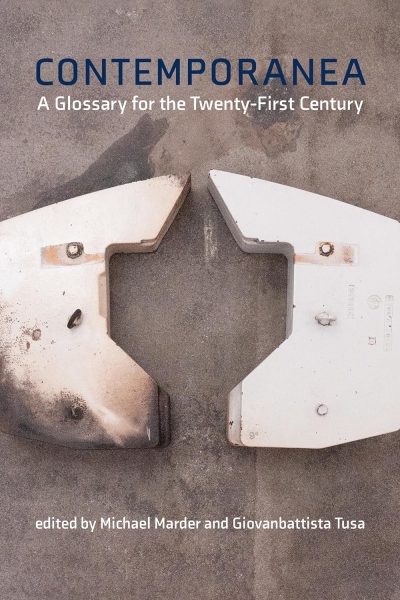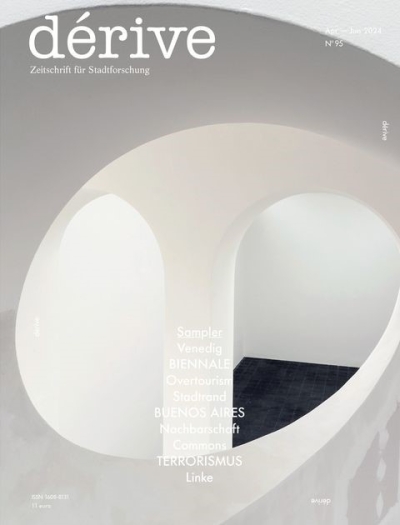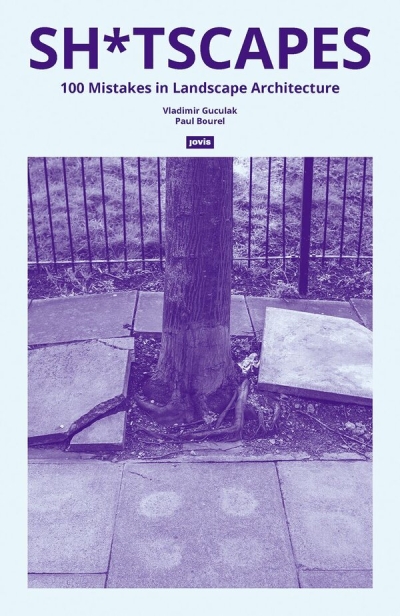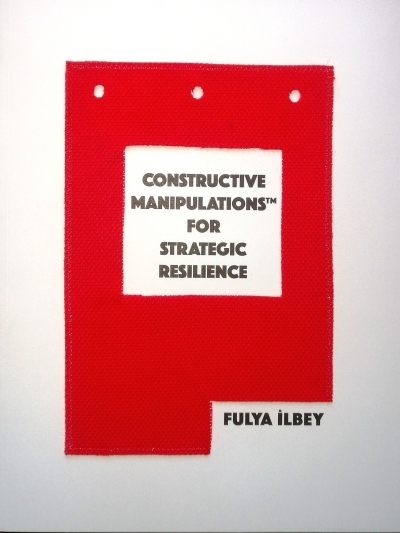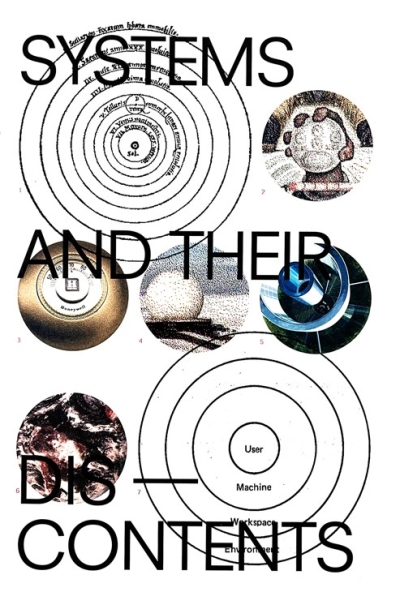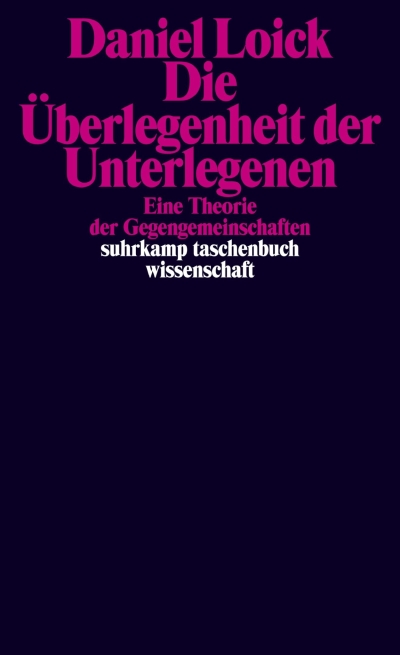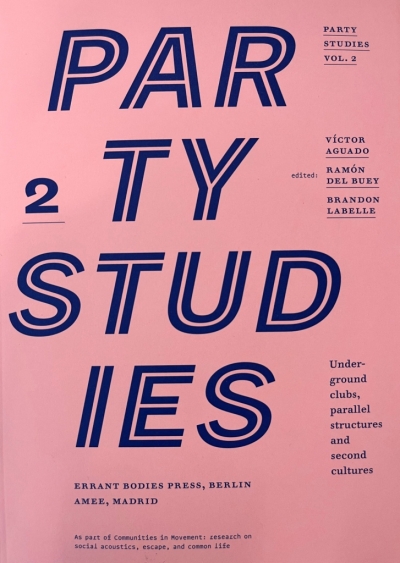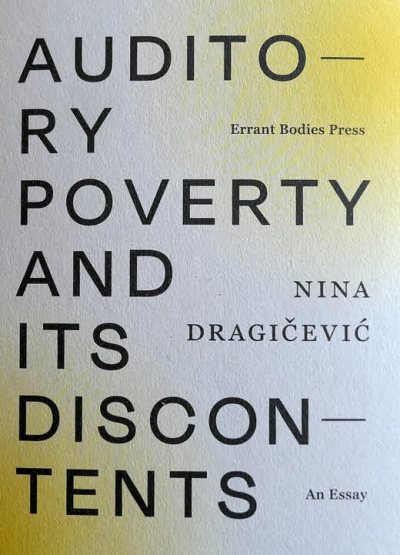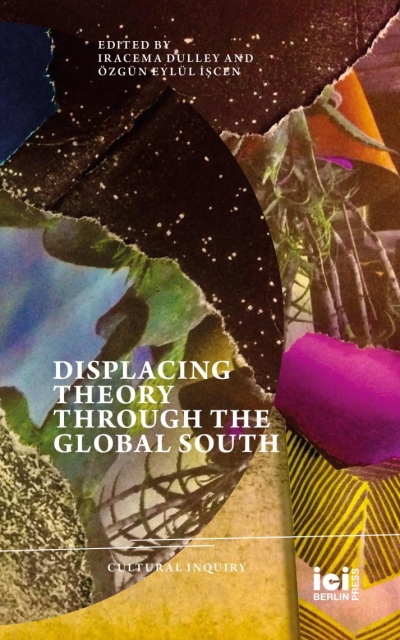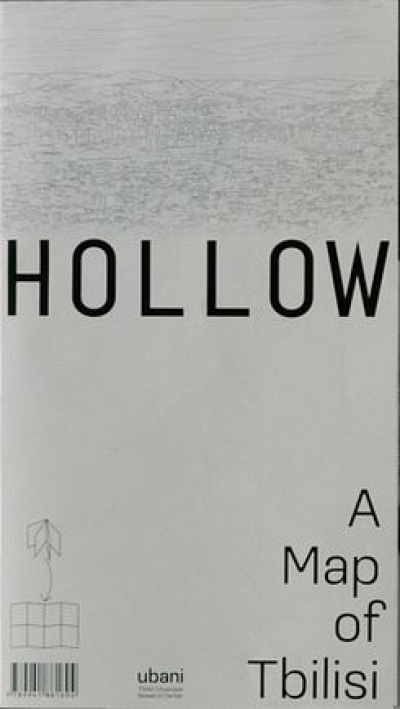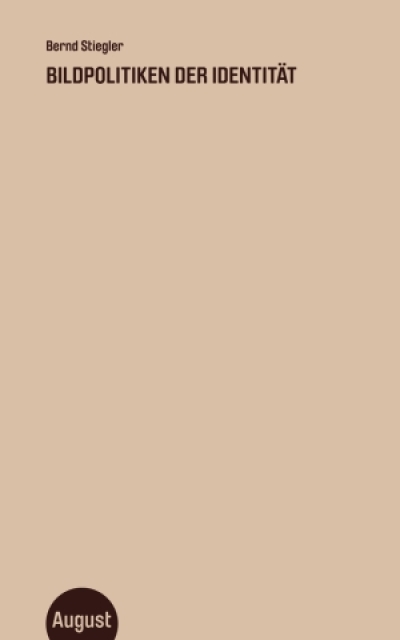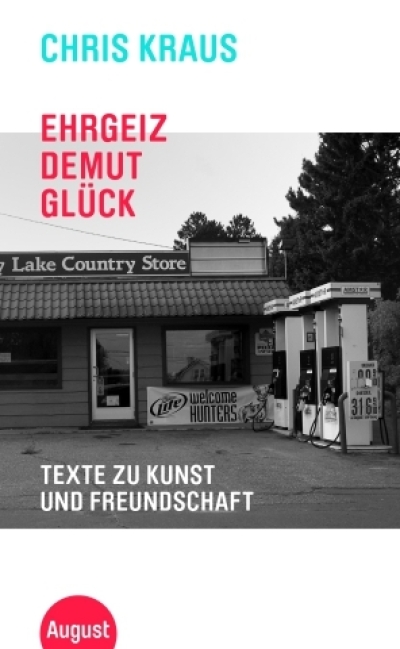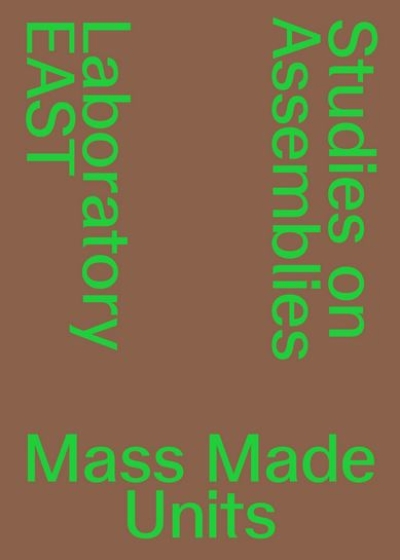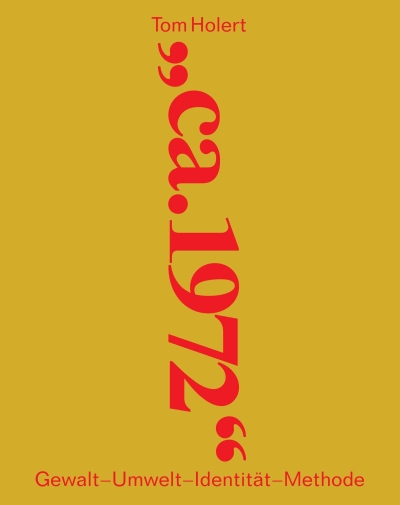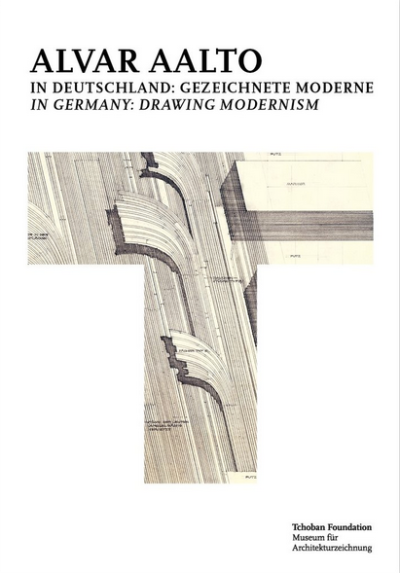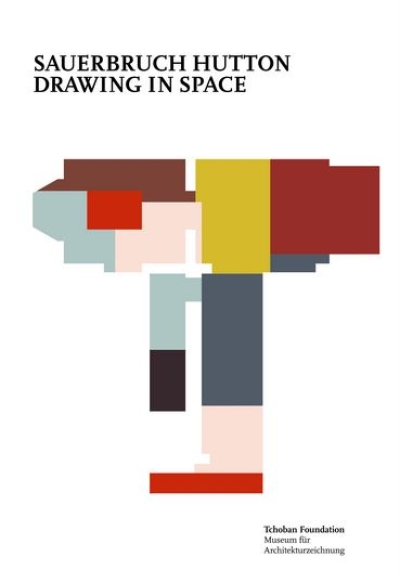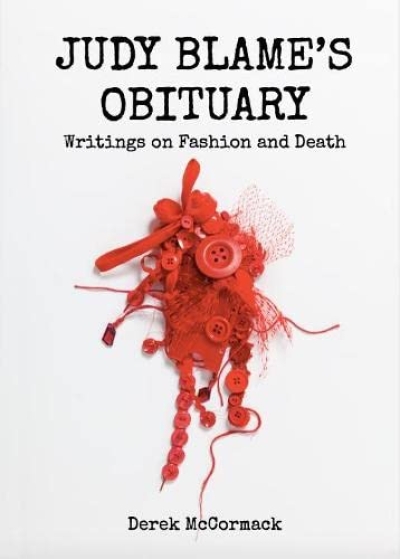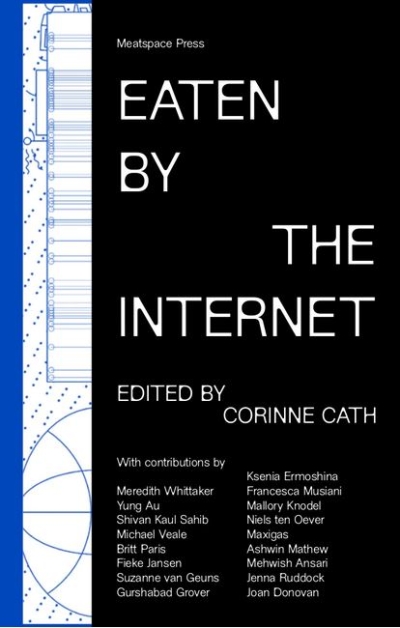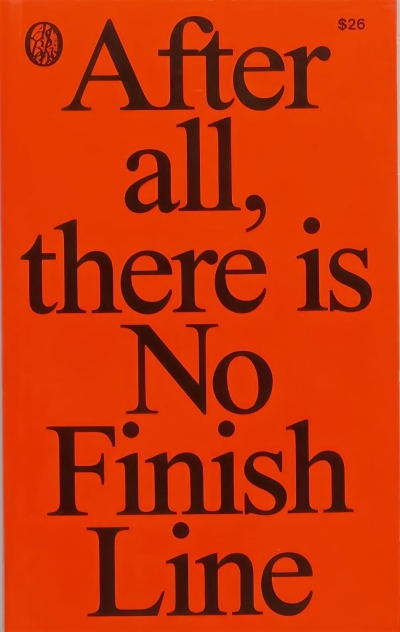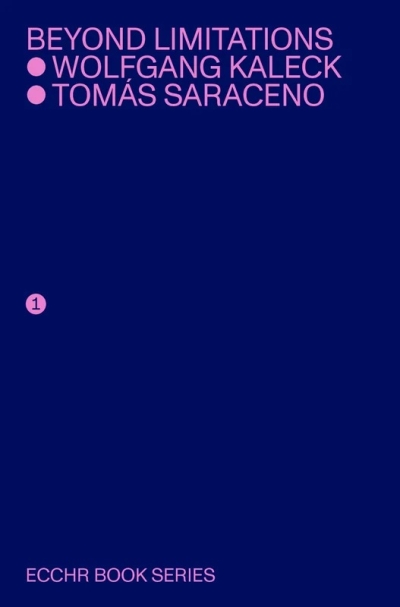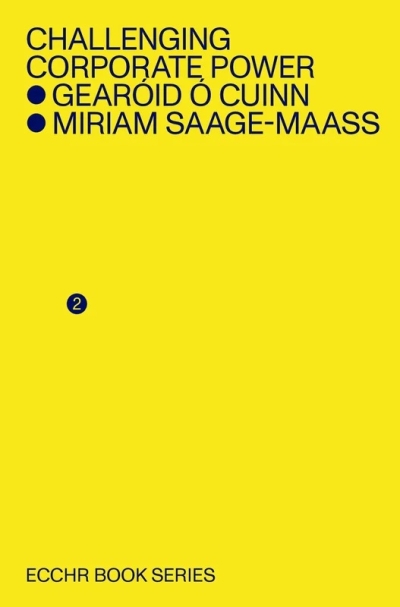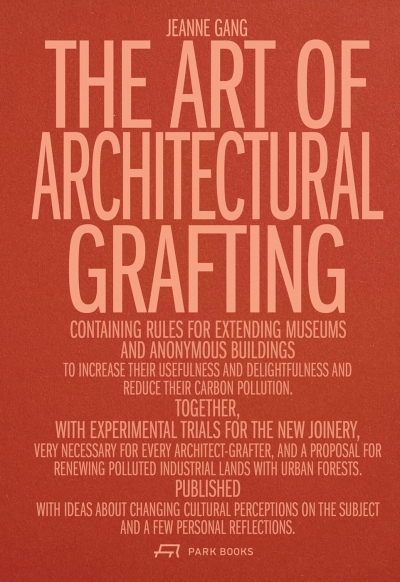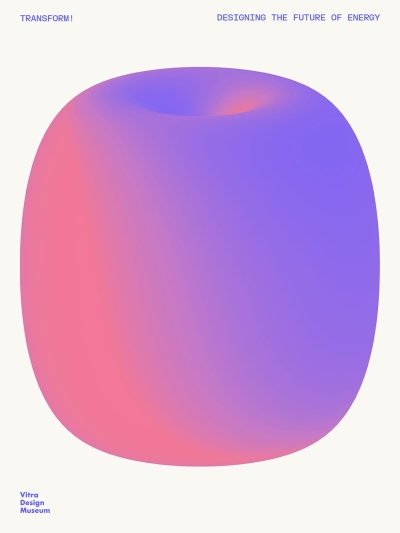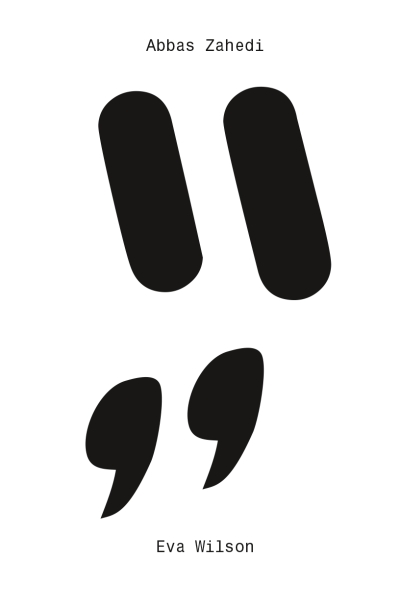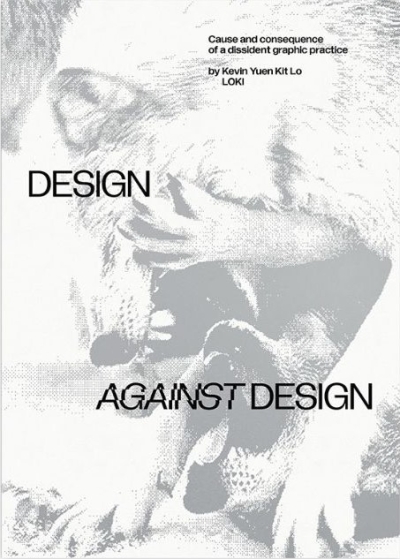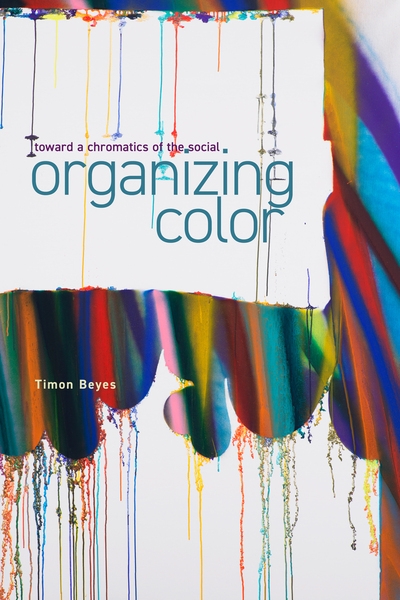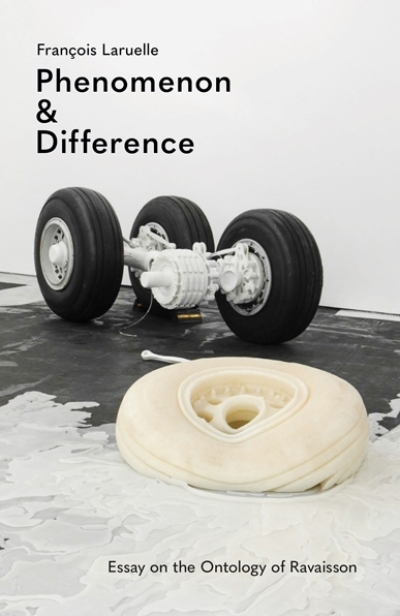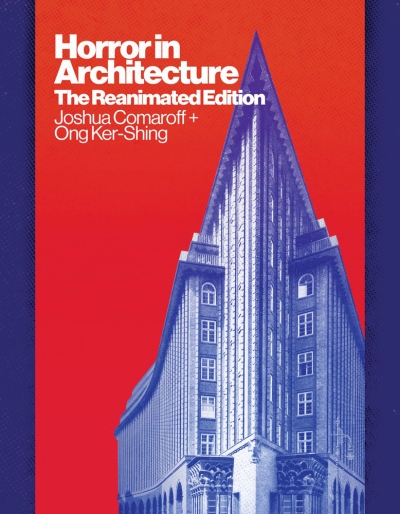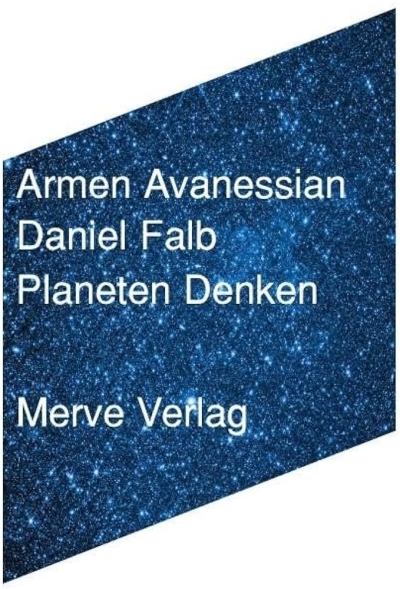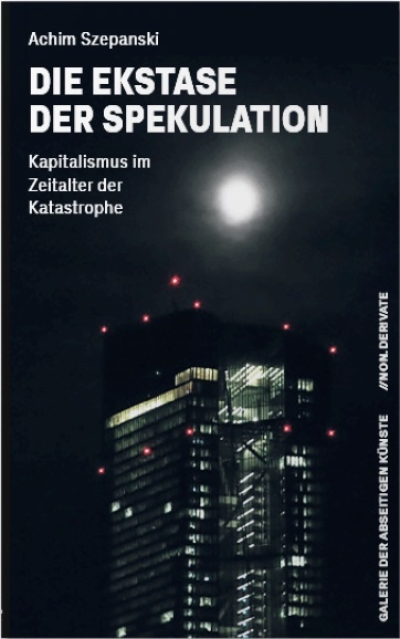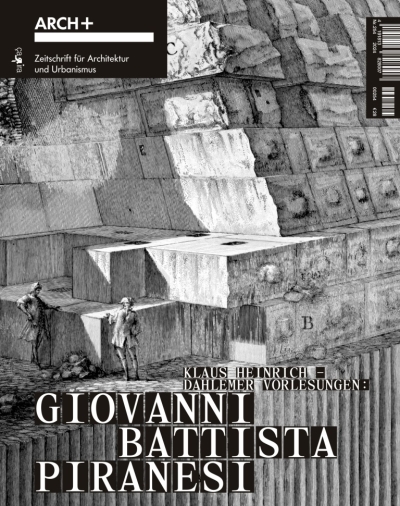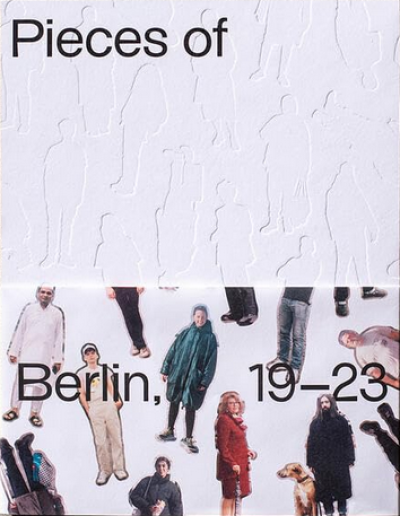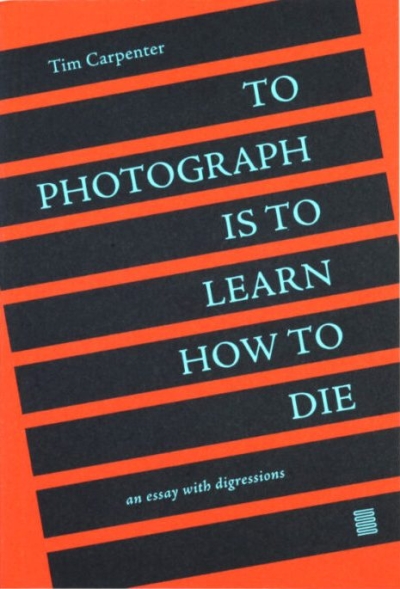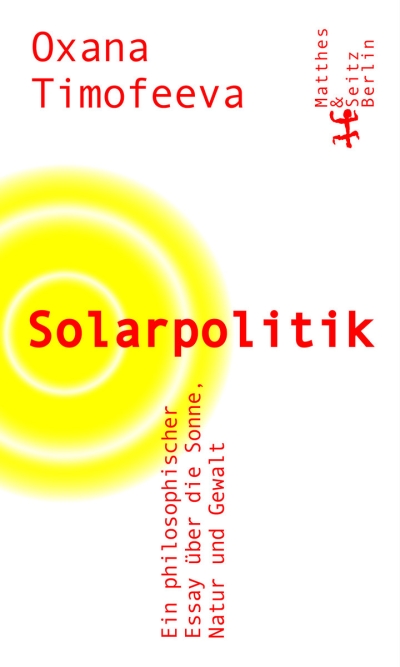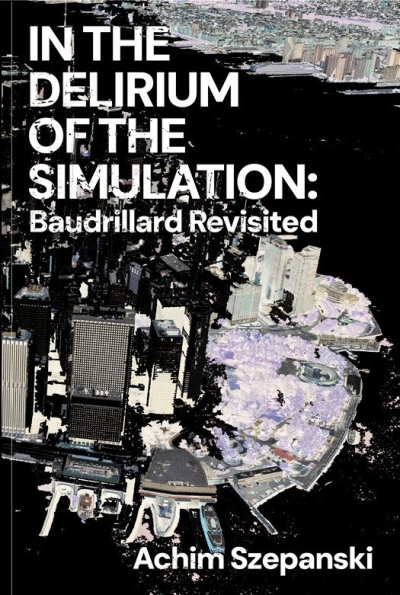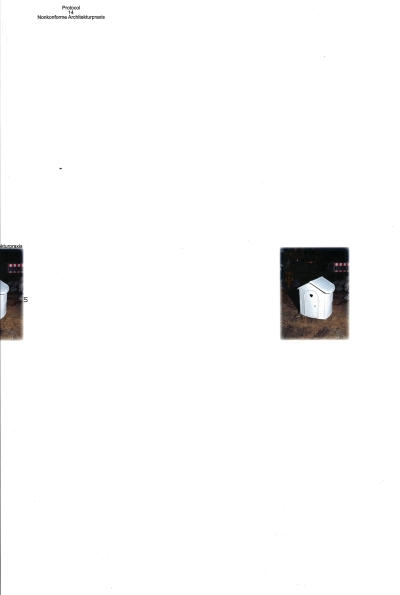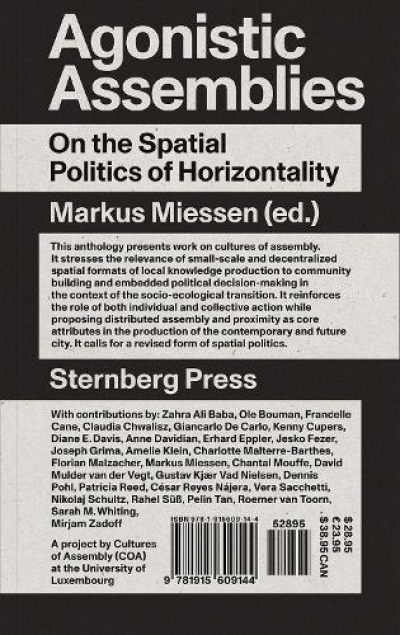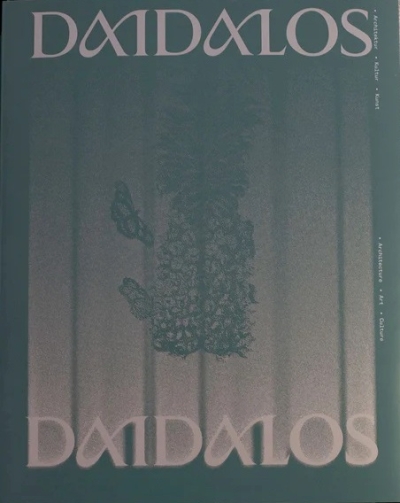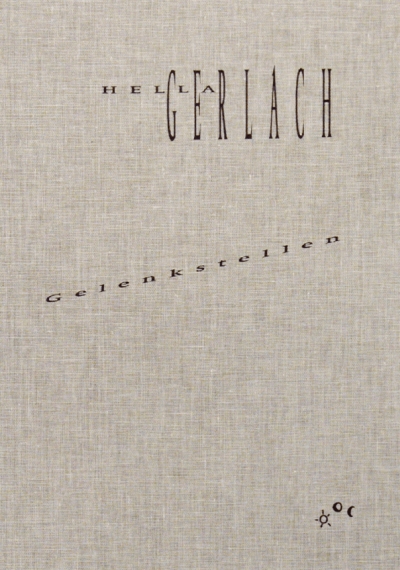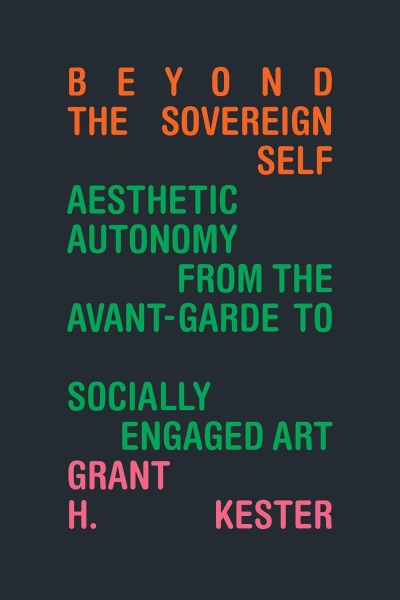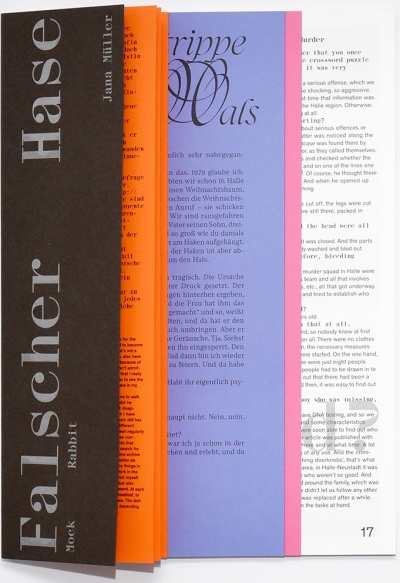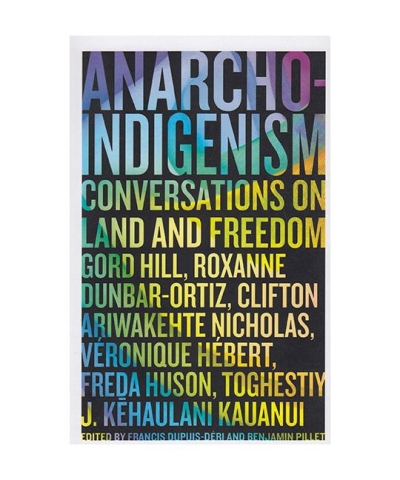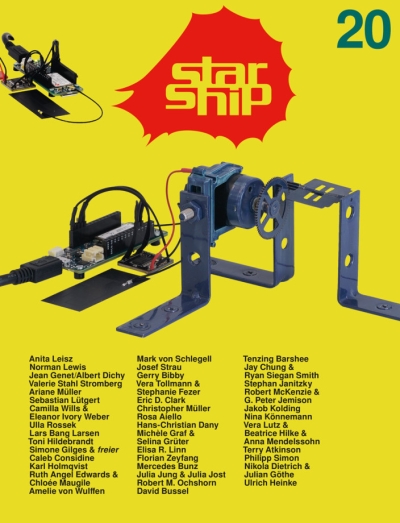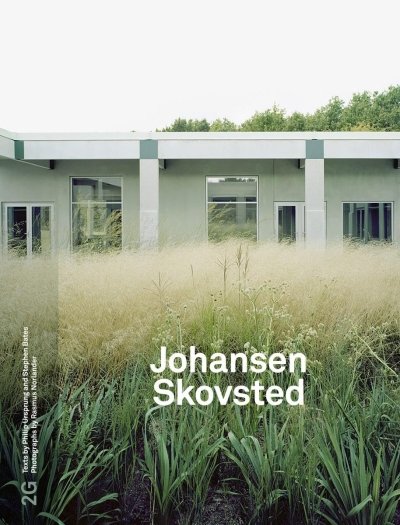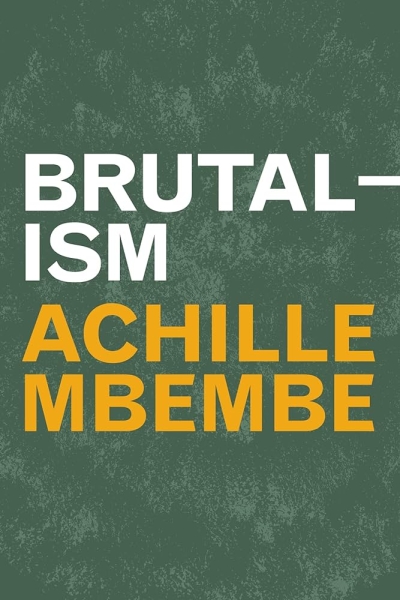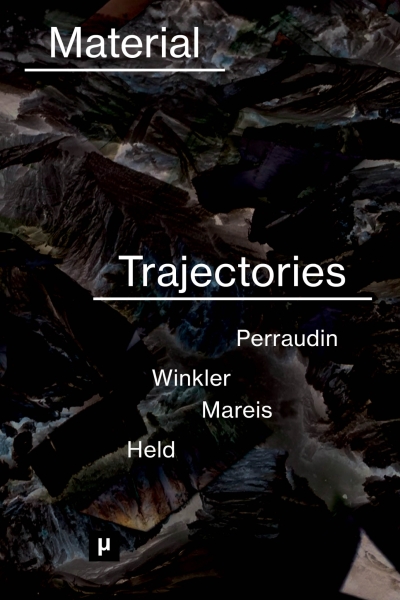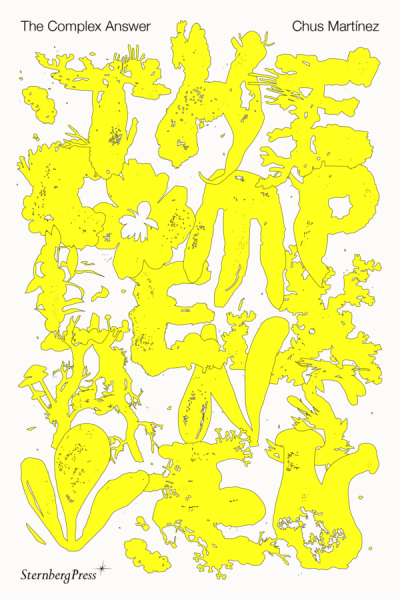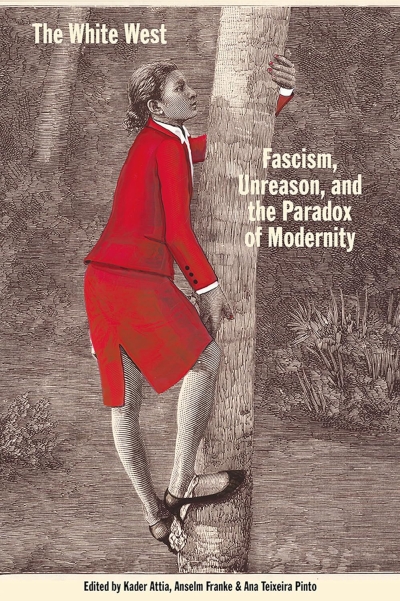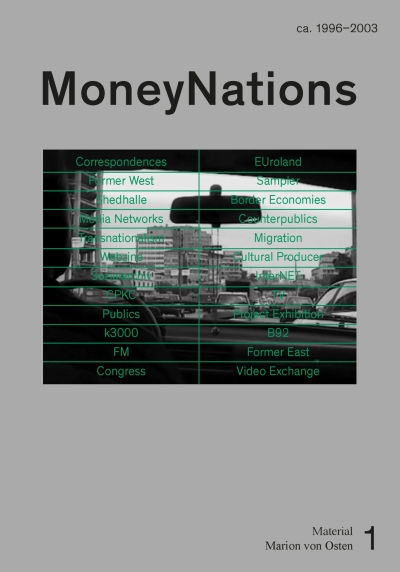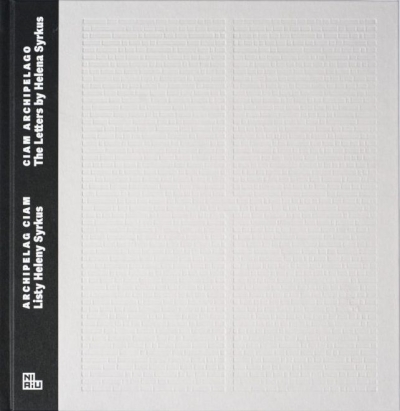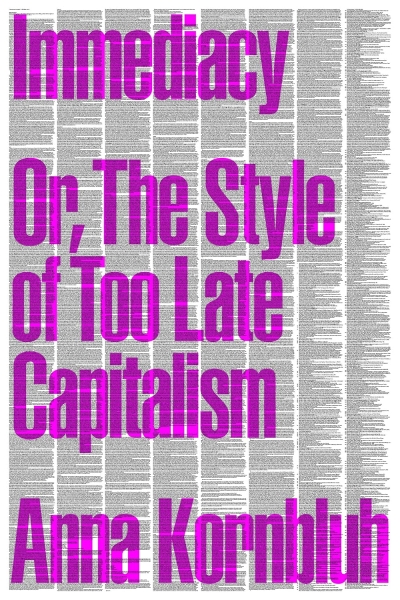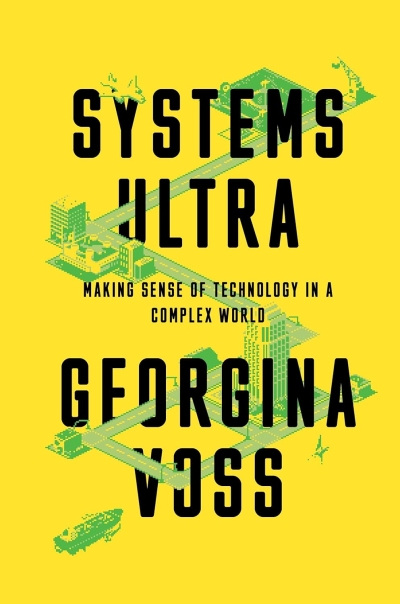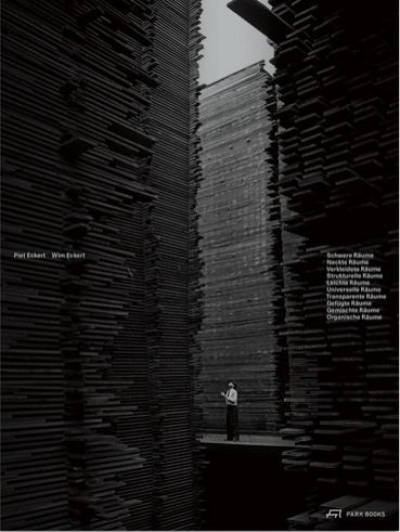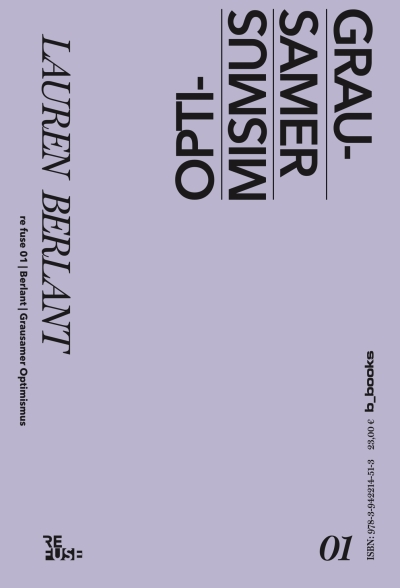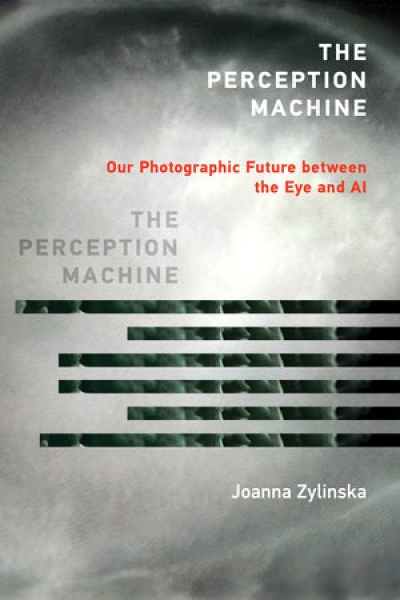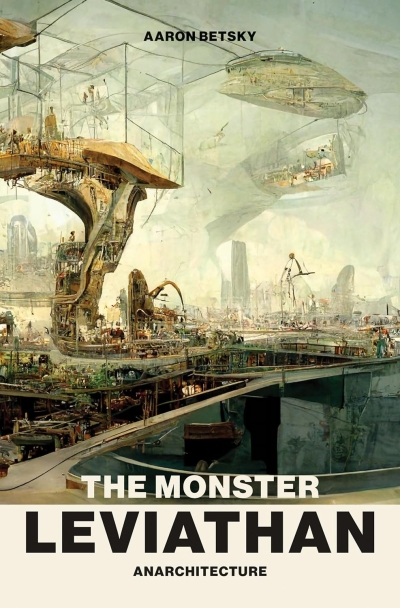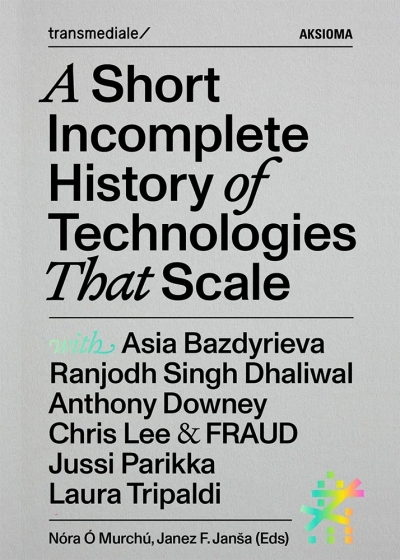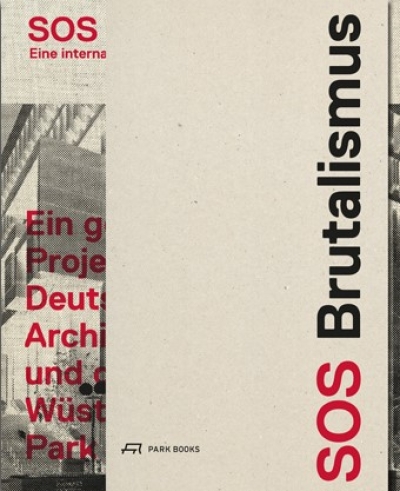
SOS Brutalismus: Eine internationale Bestandsaufnahme
«SOS Brutalismus» ist ein Notsignal. Seit den 1950er-Jahren sind weltweit Bauten bedeutender Architekten des 20. Jahrhunderts entstanden, die Ausdruck einer kompromisslosen Haltung sind. Oft, aber nicht immer, sind sie aus Sichtbeton (béton brut: daher der Begriff Brutalismus). Viele der oft kontrovers diskutierten Bauten sind heute von Abriss oder Umgestaltung bedroht. Dagegen formiert sich seit einigen Jahren eine Gegenbewegung, die vor allem im Internet aktiv ist und an der sich auch das Deutsche Architekturmuseum DAM in Frankfurt am Main und die Wüstenrot Stiftung unter dem Hashtag #SOSBrutalism massgeblich mit umfangreicher Forschungsarbeit beteiligen.
Die Ergebnisse dieser internationalen Recherche werden nun in einer grossen Ausstellung im DAM und in dieser umfangreichen Begleitpublikation präsentiert. Mehr als 100 Autoren dokumentieren 120 wichtige Bauten in ihrem heutigen Zustand und mit reichem Bildmaterial. Darunter sind viele bislang nie publizierte Neuentdeckungen, von denen etliche akut vom Abbruch bedroht sind. Hinzu kommen Überblicksdarstellungen zum Brutalismus in zwölf Regionen auf der ganzen Welt, Fallstudien zu internationalen Schwerpunkten wie beispielsweise Skopje oder New Haven sowie Essays zur Theoriegeschichte des Brutalismus. Das Beiheft versammelt die Beiträge eines internationalen Symposiums zum Brutalismus, das im Jahr 2012 in Berlin stattfand.
1. Auflage, 2017
Gebunden mit broschiertem Beiheft
Total 716 Seiten, 686 farbige und 411 sw Abbildungen
22 x 27 cm
ENGLISH:
SOS Brutalism. A Global Survey + Brutalism. Contributions to the international symposium in Berlin 2012
ISBN 978-3-03860-075-6 68 EUR
"SOS Brutalism" is a distress signal. Since the 1950s, eminent architects around the world have realized buildings expressing an uncompromising attitude. Predominantly, yet not exclusively, they used exposed concrete, or béton brut (hence the term brutalism), for the construction. Today, many of these always controversially discussed buildings are in danger of demolition or, at least, of reconstruction that often may change their appearance beyond recognition. In recent years, an initiative to protect and preserve this significant global heritage of 20th-century architecture has gained momentum, mainly in the internet. Using the hashtag #SOSBritalism, the Deutsches Architekturmuseum (DAM, German Museum of Architecture) in Frankfurt on the Main and the Wüstenrot Foundation participate in this campaign with a vast collaborative research project.
The result of this research to date is a global survey of brutalist architecture of the 1950s, 1960s and 1970s, presented in an exhibition at DAM in autumn 2017 and a coinciding and uniquely comprehensive book. Some 100 contributors document around 120 key buildings from this period, including many previously unpublished discoveries that are in acute danger of loss through neglect of intended demolition. Moreover, the book features overviews of brutalism in architecture in twelve regions around the world. Case studies of hotspots such as the Macedonian capital Skopje or New Haven, Connecticut, and essays on the history and theory of brutalism round out this lavishly illustrated book. The supplement collects papers of an international symposium on brutalism in architecture held in Berlin in 2012.
The book is published in conjunction with the exhibition SOS Brutalism—Save the Concrete Monsters at DAM in Frankfurt on the Main (8 November 2017 to 25 February 2018), which will be on display at the Architekturzentrum Wien Az W in 2018 (3rd May to August 6 2018).










